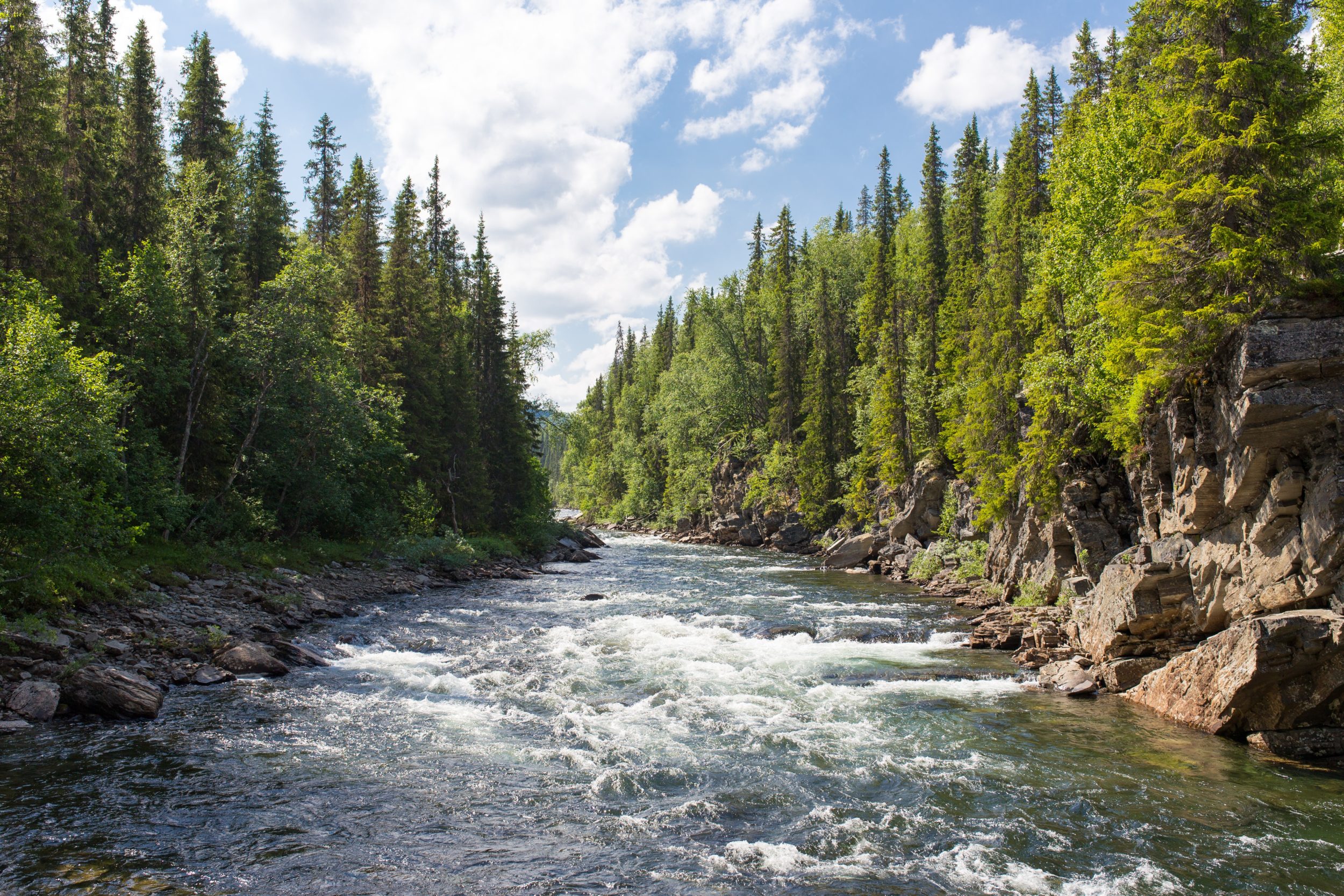Wind remains unchallenged in its top position among the types of renewable energies. The advantages are obvious: Compared to other “green energy sources,” wind power takes up relatively little space. Energy is produced without pollution and the investment costs pay off quickly. In addition, this fast-growing and highly innovative industry has undergone constant and tremendously rapid development.
Wind remains unchallenged in its top position among the types of renewable energies. The advantages are obvious: Compared to other “green energy sources,” wind power takes up relatively little space. Energy is produced without pollution and the investment costs pay off quickly. In addition, this fast-growing and highly innovative industry has undergone constant and tremendously rapid development. It currently employs some 70,000 people.
In 2013, too, the plans for the energy transition are encouraging, with a consistent expansion in wind energy scheduled to take place. This year will see an investment of €22bn in offshore wind farm installations in the North and Baltic Seas. To make this happen, a total of 2,150 km (1,335 mi) of power cables are being laid in the waters—a major project that will make the power supply for all of Germany even more sustainable. While offshore turbines are significantly more expensive than wind farms on land, they can also generate more efficient and reliable energy. The most effective combination is to have wind turbines both on land and in the sea.
While wind parks may seem to make the most sense along the coasts where they can catch the winds off the sea, there are also several successful wind energy projects in southern Germany. Large-scale wind farms don’t make much sense in hilly terrains and energy production there is generally limited to higher mountain tops. This is why individual turbines are often used in these landscapes. The Bavarian Forest is becoming increasingly interesting, however, as a site for wind turbines.
Lufft ultrasonic anemometer Ventus-UMB on wind turbine in Bavarian Forest
We are delighted to be supporting wind energy production in the Bavarian Forest with our reliable control technology. Our Ventus UMB for wind energy applications has been attached to a Vestas wind turbine to replace the anemometer and wind vane. Since the Ventus has its own internal heating system, the risk of downtime has been minimized, especially the increased risk of icing in winter. The Ventus UMB measures both wind speed and direction and calculates the acoustic virtual temperature. The system is based on an ultrasonic measuring principle and is particularly stable by avoiding mechanical components prone to wear. This helps guarantee flawless operation of wind turbines regardless of the temperature, air humidity, air pressure, and other environmental factors. In so doing, Lufft is making a relevant contribution to the continued energy transition.




